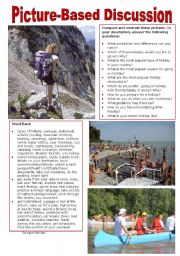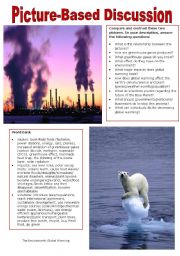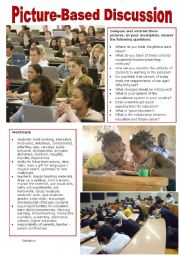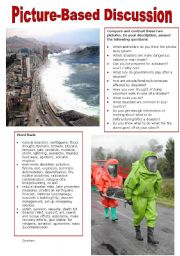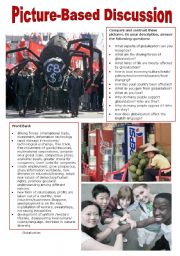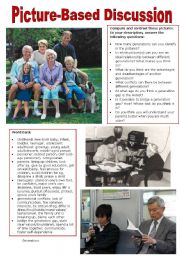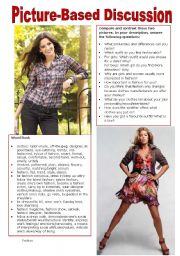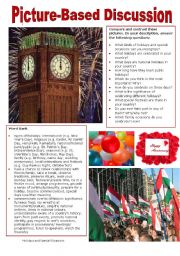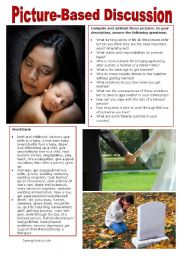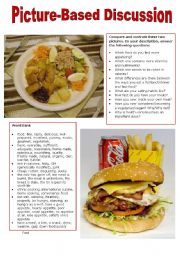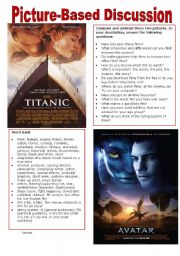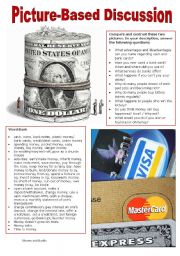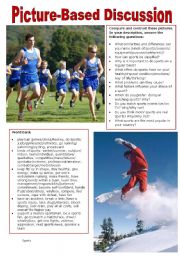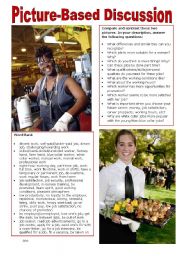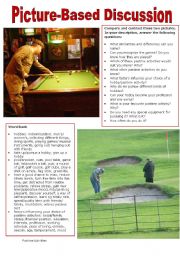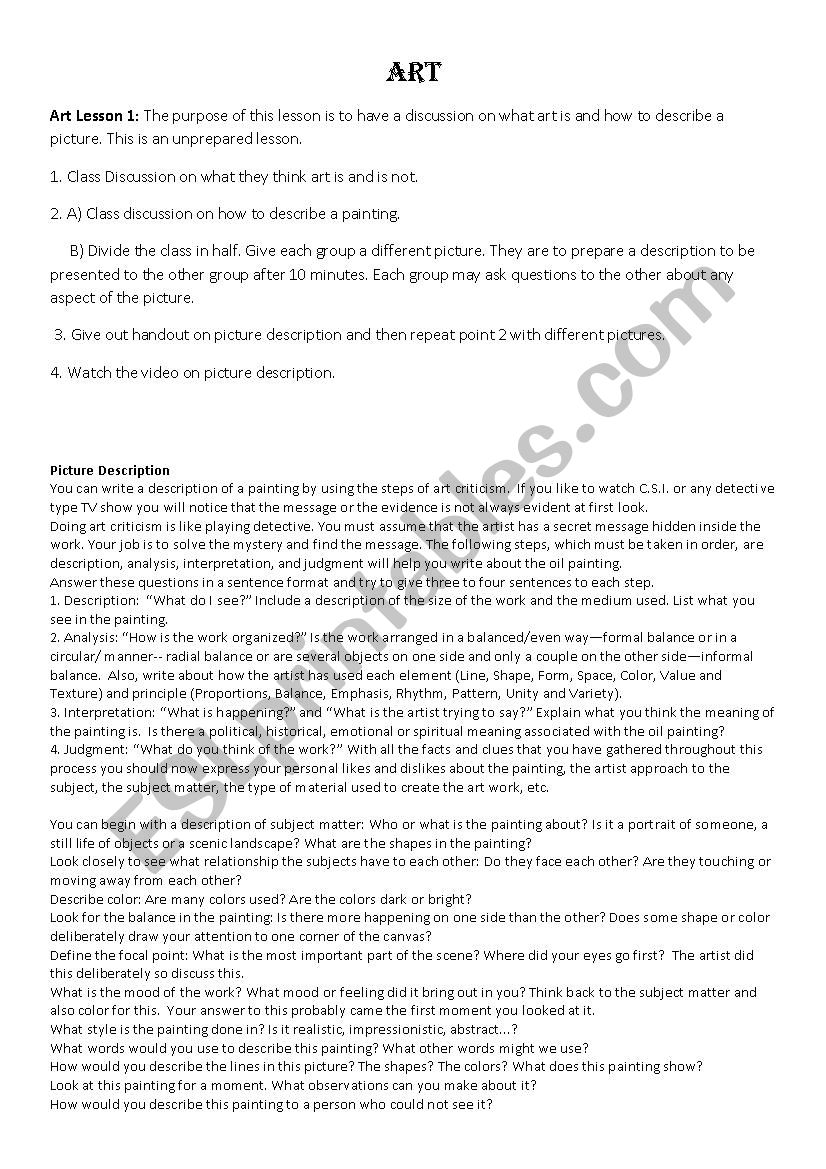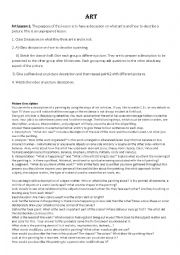
|
Art Lesson 1: The purpose of this lesson is to have a discussion on what art is and how to describe a picture. This is an unprepared lesson.
Picture Description
You can write a description of a painting by using the steps of art criticism. If you like to watch C.S.I. or any detective type TV show you will notice that the message or the evidence is not always evident at first look.
Doing art criticism is like playing detective. You must assume that the artist has a secret message hidden inside the work. Your job is to solve the mystery and find the message. The following steps, which must be taken in order, are description, analysis, interpretation, and judgment will help you write about the oil painting.
Answer these questions in a sentence format and try to give three to four sentences to each step.
1. Description: “What do I see?” Include a description of the size of the work and the medium used. List what you see in the painting.
2. Analysis: “How is the work organized?” Is the work arranged in a balanced/even way—formal balance or in a circular/ manner-- radial balance or are several objects on one side and only a couple on the other side—informal balance. Also, write about how the artist has used each element (Line, Shape, Form, Space, Color, Value and Texture) and principle (Proportions, Balance, Emphasis, Rhythm, Pattern, Unity and Variety).
3. Interpretation: “What is happening?” and “What is the artist trying to say?” Explain what you think the meaning of the painting is. Is there a political, historical, emotional or spiritual meaning associated with the oil painting?
4. Judgment: “What do you think of the work?” With all the facts and clues that you have gathered throughout this process you should now express your personal likes and dislikes about the painting, the artist approach to the subject, the subject matter, the type of material used to create the art work, etc.
You can begin with a description of subject matter: Who or what is the painting about? Is it a portrait of someone, a still life of objects or a scenic landscape? What are the shapes in the painting?
Look closely to see what relationship the subjects have to each other: Do they face each other? Are they touching or moving away from each other?
Describe color: Are many colors used? Are the colors dark or bright?
Look for the balance in the painting: Is there more happening on one side than the other? Does some shape or color deliberately draw your attention to one corner of the canvas?
Define the focal point: What is the most important part of the scene? Where did your eyes go first? The artist did this deliberately so discuss this.
What is the mood of the work? What mood or feeling did it bring out in you? Think back to the subject matter and also color for this. Your answer to this probably came the first moment you looked at it.
What style is the painting done in? Is it realistic, impressionistic, abstract...?
What words would you use to describe this painting? What other words might we use?
How would you describe the lines in this picture? The shapes? The colors? What does this painting show?
Look at this painting for a moment. What observations can you make about it?
How would you describe this painting to a person who could not see it?
How would you describe the people in this picture? Are they like you or different?
How would you describe (the place depicted in) this painting?
What does this painting remind you of?
What things do you recognize in this painting? What things seem new to you?
How is this picture different from real life?
What interests you most about this work of art?
Analyze it.
Which objects seems closer to you? Further away?
What can you tell me about the colors in this painting?
What color is used the most in this painting?
What makes this painting look crowded?
What can you tell me about the person in this painting?
What can you tell me about how this person lived?
What do you think is the most important part of this picture?
How do you think the artist made this work?
What questions would you ask the artist about this work, if he were here?
Interpret it.
What title would you give to this painting? What made you decide on that title?
What other titles could we give it?
What do you think is happening in this painting? What else could be happening?
What sounds would this painting make (if it could)?
What do you think is going on in this picture? How did you arrive at that idea?
What do you think this painting is about? How did you come up that idea?
Pretend you are inside this painting. What does it feel like?
What do you think this (object) was used for? How did you arrive at that idea?
Why do you suppose the artist made this painting? What makes you think that?
What do you think it would be like to live in this painting? What makes you think that?
Evaluate it.
What do you think is good about this painting? What is not so good?
Do you think the person who painted this do a good or bad job? What makes you think so?
Why do you think other people should see this work of art?
What do you think other people would say about this work? Why do you think that?
What grade would you give the artist for this work? How did you arrive at that grade?
What would you do with this work if you owned it?
What do you think is worth remembering about this painting?
Level:advanced
Age: +16
Downloads:20 |
|
Copyright 29/5/2014 Evgenia Andreevna
Publication or redistribution of any part of this
document is forbidden without authorization of the
copyright owner.
|
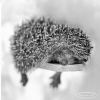

see more worksheets by Evgenija Andreevna
|



